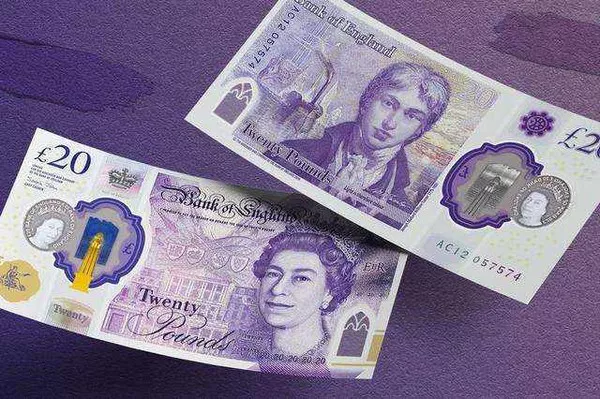The £2 coin, a stalwart of British currency, embodies the nation’s economic stability and heritage. With its distinctive design and widespread circulation, it’s natural to wonder about the possibility of counterfeit versions infiltrating the market. Counterfeiting poses a significant threat to the integrity of currency systems worldwide, undermining trust and economic stability. In this comprehensive analysis, we delve into the realm of £2 coin counterfeits, exploring their prevalence, detection methods, and the measures in place to safeguard against them.
The Anatomy of a £2 Coin
Before delving into the counterfeit conundrum, it’s essential to understand the genuine article. The £2 coin, introduced in 1998, boasts a bimetallic composition, featuring an outer ring of nickel-brass and an inner disc of cupro-nickel. Its distinctive bi-metallic structure, coupled with intricate designs, such as the iconic “Union Jack” or “Florence Nightingale” motifs, renders it not only aesthetically pleasing but also difficult to replicate.
Composition and Design
The £2 coin’s unique bimetallic construction sets it apart from other denominations. The outer ring, composed of nickel-brass, encases an inner disc made of cupro-nickel. This two-tone design is a hallmark of authenticity and serves as a primary identifier.
Security Features
British currency incorporates various security features to deter counterfeiting attempts. These include latent images, micro-lettering, and milled edges, all of which are meticulously engineered to thwart replication.
The Peril of Counterfeits: Myth or Reality?
Despite the robust security measures employed, counterfeiters continually seek ways to circumvent detection and flood the market with fraudulent currency. However, the prevalence of fake £2 coins remains a subject of debate. Let’s explore the evidence surrounding this contentious issue.
Incidence Rates
Official statistics on counterfeit £2 coins are scarce, making it challenging to ascertain precise incidence rates. However, sporadic reports and anecdotal evidence suggest that counterfeit £2 coins do exist, albeit in relatively small quantities compared to other denominations.
Detection Challenges
Counterfeit £2 coins often present detection challenges, as they may closely resemble genuine coins to the untrained eye. Moreover, advancements in digital imaging and printing technologies have facilitated the replication of intricate designs, further complicating the identification process.
Spotting the Fakes: Strategies for Detection
Detecting counterfeit £2 coins requires a keen eye for detail and familiarity with the coin’s authentic features. While counterfeiters employ sophisticated techniques to mimic the appearance of genuine coins, several telltale signs can help differentiate between the two.
Weight and Dimensions
Authentic £2 coins adhere to specific weight and dimensional standards set by regulatory authorities. Deviations from these parameters, such as discrepancies in weight or size, may indicate counterfeit status.
Magnetic Properties
The bi-metallic composition of £2 coins gives them distinct magnetic properties. Genuine coins exhibit a noticeable attraction to magnets, whereas counterfeit versions may lack this characteristic.
Microscopic Examination
Microscopic analysis can reveal intricate details and anomalies that may elude the naked eye. Counterfeit coins often exhibit less precision in design and may display blurred or smudged features upon closer inspection.
Safeguarding Against Counterfeits: Industry Initiatives
Combatting counterfeit currency requires a collaborative effort between regulatory authorities, financial institutions, and the public. Several initiatives aim to bolster the resilience of currency systems and mitigate the proliferation of fake £2 coins.
Public Awareness Campaigns
Educating the public about the telltale signs of counterfeit currency is paramount in combating its circulation. Public awareness campaigns, disseminated through various channels, raise awareness and empower individuals to identify and report counterfeit £2 coins.
Technological Innovations
Leveraging technological advancements, such as machine-readable features and ultraviolet (UV) detection methods, enhances the efficacy of counterfeit detection efforts. These innovations enable swift and accurate authentication of currency, minimizing the risk of counterfeit infiltration.
See also Why is GBP important? A Comprehensive Analysis
Conclusion
While the specter of counterfeit £2 coins looms, robust security measures and vigilant detection strategies serve as bulwarks against their proliferation. By fostering collaboration among stakeholders and leveraging technological innovations, the integrity of currency systems can be upheld, preserving public trust and economic stability. As guardians of the nation’s wealth, it behooves us to remain vigilant and resolute in our efforts to safeguard against counterfeit incursions, ensuring that the £2 coin retains its rightful place as a symbol of British heritage and resilience.


